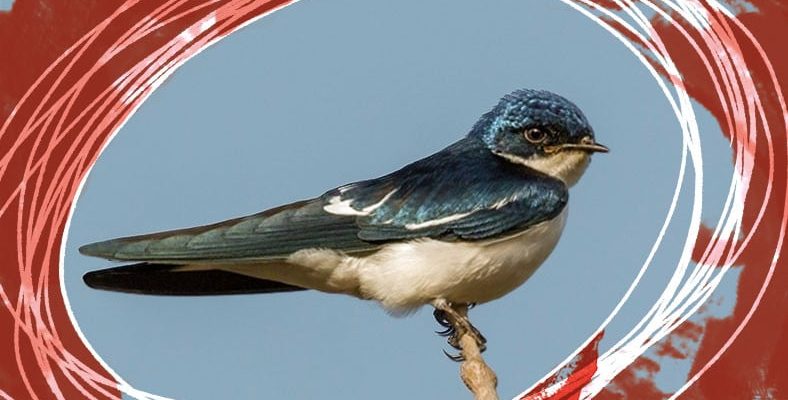Swallows, which live in almost every part of the world that you do not think of, and therefore are known by everyone, have a special place in our culture. Let’s take a closer look at the extraordinary information, some of which you will hear for the first time, about the swallow bird, which has been the subject of many poems throughout our history and sometimes even attributed to holiness.
If we ask people living in different parts of the world, what species comes to mind when you say bird, we can get many different answers, but be sure, some of these different answers will be swallows. Because swallow birds, which have dozens of different species, living in every part of the world that you do not think of, except the polar region. They are small creatures that fascinate people with their voices and voices.
The swallow is known all over the world because it is such an omnivorous bird, but it has a completely different place in our culture. History Numerous poems have been written about swallows throughout and even in some periods, it was believed that this bird brought blessings by attributing holiness. Let’s take a closer look at the interesting information that many people will hear for the first time about the swallow.
Information about the swallow:
- The swallow species consists of dozens of different members.
- Swallows can live anywhere.
- The male and female swallows build the nest together.
- The cubs need the care of their mothers.
- Swallows are nomadic birds.
- There is a very broad answer to the question of where does the swallow eat.
- The swallow tattoo has a special meaning among sailors.
- Why is the swallow sacred in Turkish culture?
The swallow species consists of dozens of different members:
We say swallow, but actually this is not the name of a single bird species. Swallow, also called Hirundinidae It is the common name of bird species belonging to the swallow family. There are nearly 89 different species of swallows and 20 different subgenus discovered so far. The sizes of these species vary between 17 – 19 cm, weight between 16 – 25 grams and wingspan between 32 – 35 cm. The color and appearance of each can be truly unique.
Swallows can live anywhere:
There is no certain information about the evolutionary process of swallows, but we can think that they have been with us for a long time because they have so many different species. More interesting is their habitat, because swallows, They exist everywhere you can think of, except Antarctica. Swallows generally live near lakes, in grasslands, open woodlands, marshes and bushes.
The male and female swallows build the nest together:
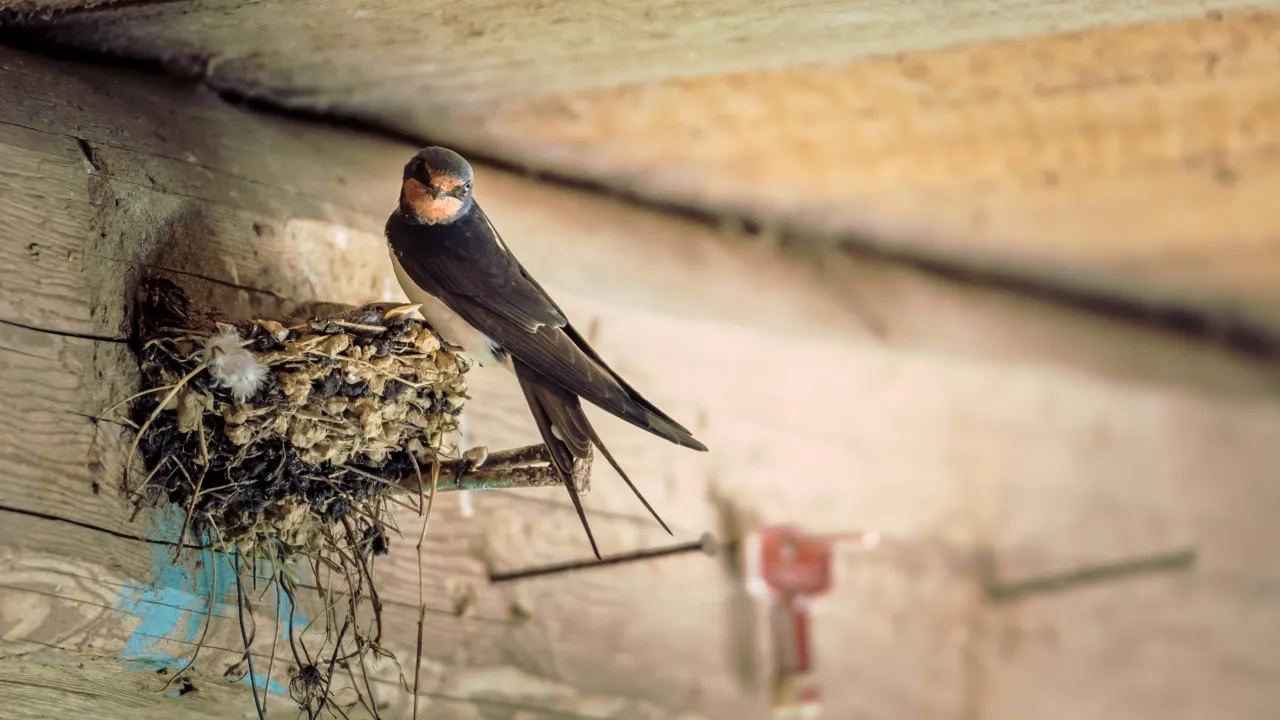
We really need to open a separate title for the swallow’s nest, because they make more solid nests than the buildings we build with advanced technologies today. Contrary to the saying that the female bird makes the nest, the swallows work together. The female swallow collects grass, bushes and hay and brings them to the place where the nest will be built. Fine workmanship is made by men, because his saliva acts as a mortar to bind these substances together. Swallows complete their nests in as little as eight days. Measuring around 20 cm wide and 10 cm deep, the walls of this nest are awe-inspiring because the swallows roll up and flatten walls with their flat beaks.
Cubs need their mother’s care:
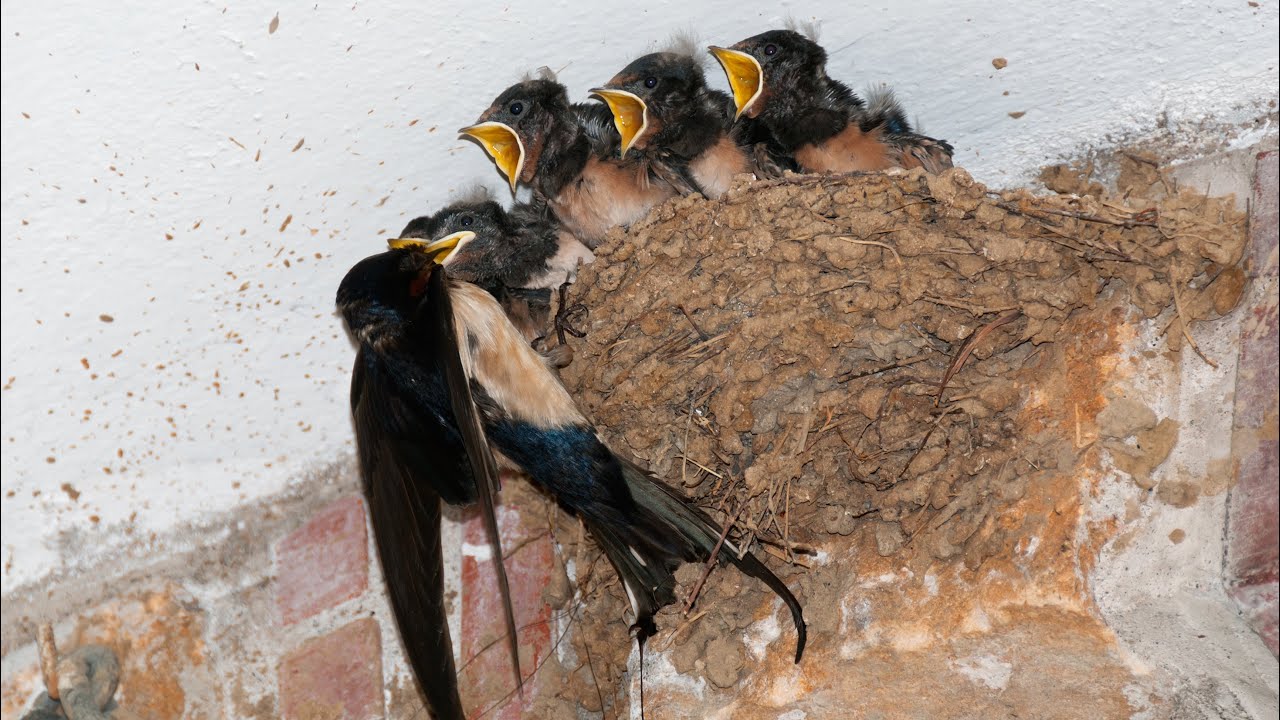
Although it varies according to the region they live in, the breeding season for swallows generally starts in March. 2 to 5 eggs hatch at a time. After an incubation period of 10 to 21 days, the chicks hatch. Sometimes the male swallow also assists in the incubation process. The cubs are born blind and naked and remain so for ten days. The cubs, fed by the mother for about three weeks, leave the nest when they are ready to fly.
Swallows are nomadic birds:
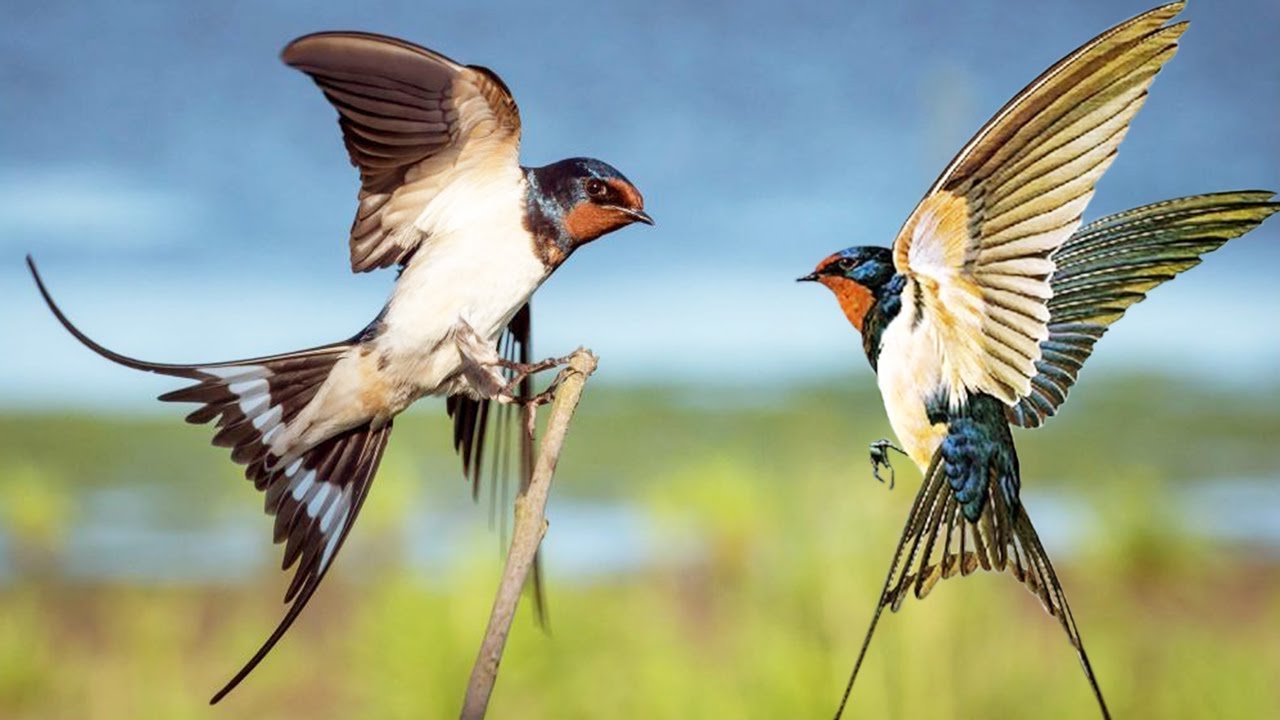
Except for those living in South and West Africa, because it is already a tropical climate, all swallows migrate. Moreover, this migration is not made to such close places, they have to fly a lot. It has been observed that a migrating swallow travels an average of 320 kilometers per day. More interesting is their speed. The average flight speed of swallows is between 27 and 35 kilometers per hour, but some species have even been seen flying at 55 kilometers per hour. An astonishing speed for a small bird.
There is a very broad answer to the question of where does the swallow eat:
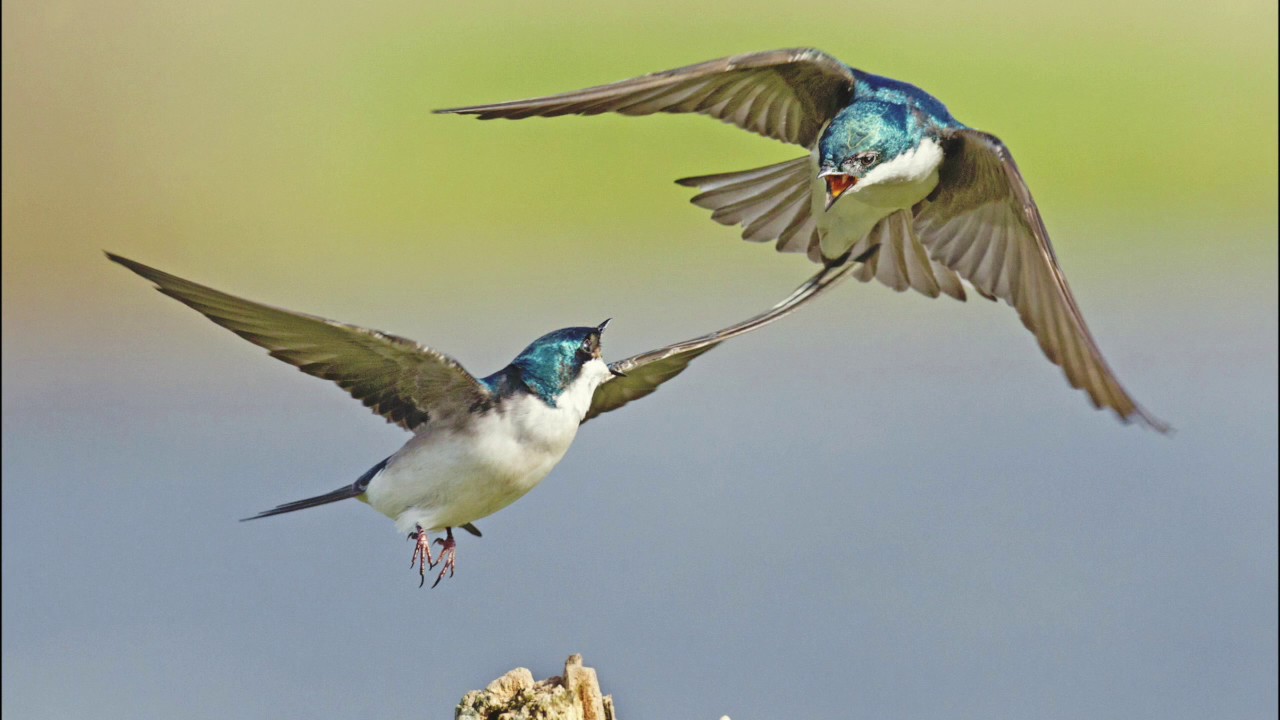
Swallows are known as insectivorous creatures. They mainly feed on flying insects. They have a special tactic for hunting. While it is flying, it climbs on top of the insect, takes it between its wings, prevents it from moving, and eats it like that. Swallows eat every insect except bees and wasps because known bees sting. It has also been observed that some species of swallows eat fruit and some plants from time to time, but not always.
Speaking of nutrition, let’s not pass without explaining how swallows drink water. Swallows do not sit down and drink water like normal birds, they drink water while they fly. When a flying swallow sees a pond, it slowly takes a low flight and while piking over the pond, it drinks its water and continues on its way.
The swallow tattoo has a special meaning among sailors:

Since the European continent is a region rich in swallow species, this bird has also found a place for itself culturally. The swallow tattoo once had a special meaning among European sailors. If a sailor has a swallow tattoo on his arm that sailor has traveled more than 5,000 nautical miles. If a sailor has two swallows tattooed on his arm, that sailor has traveled more than 10,000 nautical miles. So these numbers go on and on.
Why is the swallow sacred in Turkish culture?
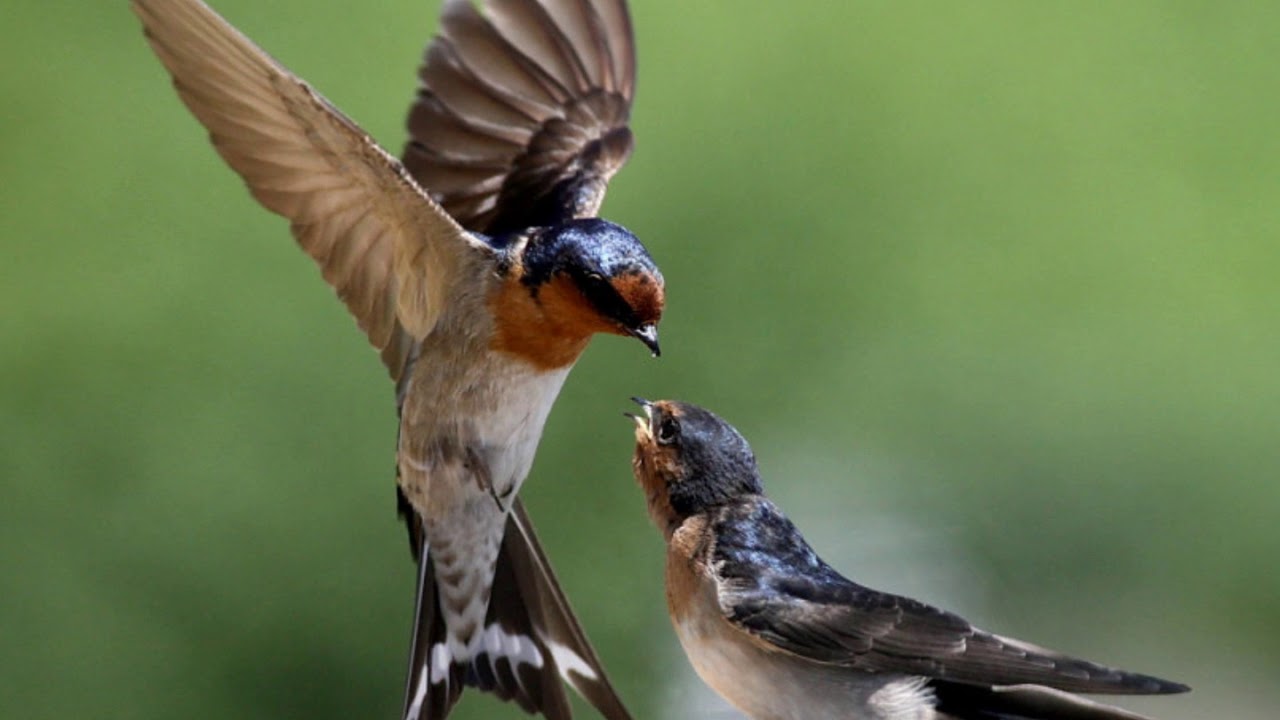
With a sacred reference to swallows in Turkish culture We meet for the first time in Uyghur Turks. According to the Uighurs, the swallow would protect people from accidents and the house where it made a nest would be filled with abundance. This culture, which came from Central Asia, was preserved and found its place in both folk poetry and divan poetry. Mesti talks about swallows in the following lines;
Who is an ant, a camel appears
Some lions wear jackal skins
Some swallows crawl in one place
Some are hemorrhage with Jibril
lived in the 17th century divan poet Nabi said, “O Nâbî, because of the closeness of the word demand, swallows fly over the ground.” He talks about swallows in the following lines, which means;
It is approximate of the perestish wording that it seems that O Nâbî
Piristûs like İder pervâz hâke rûymâl
With its dozens of different species, we encounter it all over the world. We talked about the extraordinary information about the swallow, many of which you have heard for the first time. The next time you see a swallow, we are sure that you will not be able to stop yourself from examining it for a long time.
